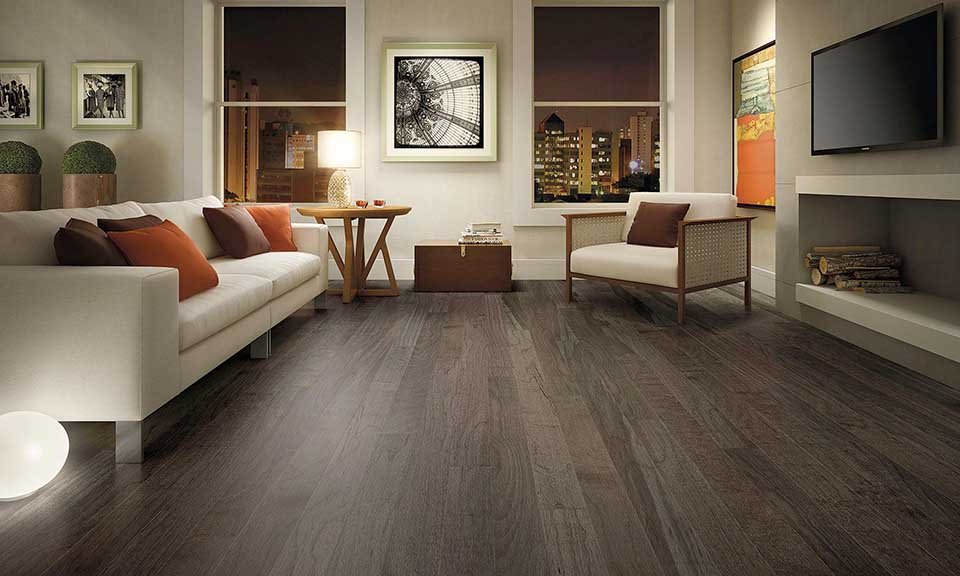
Wood flooring is regarded as the abundantly renewable flooring material on the market. Environmentally friendly forest management enables us to harvest wood without having any significant impact on the environment, simply because trees are a renewable resource that could be regrown again and again.
Average yearly net growth for hardwoods is more than normal total annual removals (Source: US Department of Agriculture Forest Service).
Harvesting trees have very little environmental effect. For each and every cubic foot of trees harvested, 1.66 are regrown (Source: USDA Forest Service).
Standing US hardwood bulk at present is around 328 billion cubic feet (Source USDA Forest Service).
House air quality is much better with wood floors (Source: US Environmental Protection Agency).
Wood is a carbon-neutral product that generates oxygen during its own growth cycle as well as stores carbon throughout its service existence (Source: University of Wisconsin Wood Products Program Solid Wood Flooring Life Cycle Analysis).

Wood floors use much less water as well as energy to create compared to other flooring alternatives (Source: University of Wisconsin Wood Products Program Solid Wood Flooring Life Cycle Analysis).
After the end of its service lifespan, wood flooring may be burned as fuel or perhaps recycled (Source: University of Wisconsin Wood Products Program Solid Wood Flooring Life Cycle Analysis).
Wood floors will last centuries, so they won’t have to be changed as frequently as other flooring choices (Source: National Association of Home Builders).
While it requires most hardwood trees 40-60 years to develop fully, the stock grown at present won’t be required for 100-plus years (Source: National Wood Flooring Association).
Making wood info flooring will not stimulate global warming (Source: the University of Wisconsin – Wood Products Program Solid Wood Flooring Life Cycle Analysis).
Myths
1. Buying wood floors depletes forests.
Wood flooring is regarded as the ecological flooring choice available.
By means of eco-friendly forest management, wood will be harvested with minimum effect on the environment simply because trees are a renewable natural resource. Based on the US Department of Agriculture Forest Service, for each and every cubic foot of hardwood collected in the US, 1.66 cubic feet regrow as a replacement. This has led to a 90% boost in standing hardwood numbers in the United States since 1953, which at present is around 328 billion cubic feet.
Additionally, simply because wood floors are able to last hundreds of years, they normally use fewer raw materials, energy as well as natural resources.
2. Cutting down trees to create wood flooring makes a contribution to global warming.
The primary cause of global warming is carbon dioxide, but wood flooring is a carbon-neutral product.
Throughout their growth existence, trees take in carbon dioxide from the environment and also discharge oxygen. This process makes wood carbon neutral. Furthermore, wood flooring additionally stores carbon during its service life, sustaining its carbon-neutral state even though the tree has been harvested.

Research by the University of Wisconsin-Madison additionally indicates that wood flooring production has small emissions for carbon dioxide also no emissions for methane, nitrogen oxide as well as other particulates, that help cause global warming.
